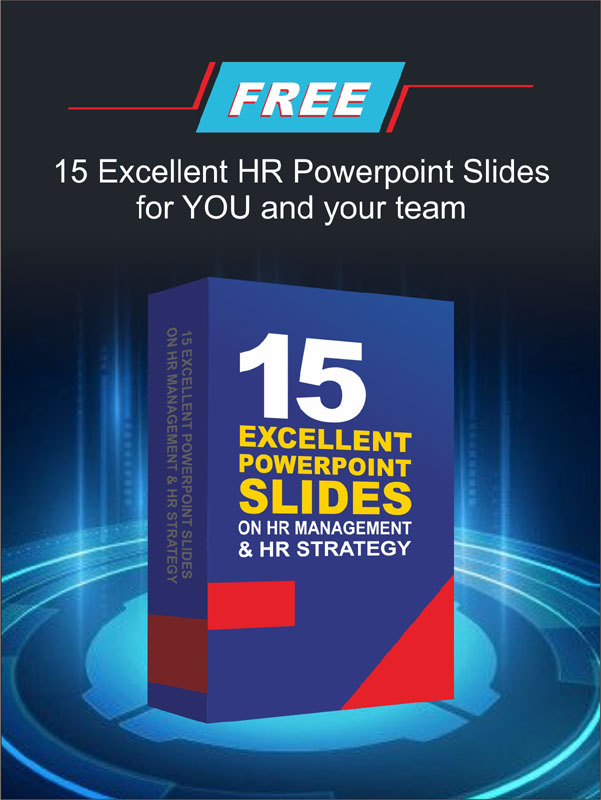We all know that achieving effectiveness and efficiency within a company is not easy. Improving HR strategies to increase firm performance requires more than just a one-time action. Yes, consistency and continuous effort over time is mandatory.
However, something difficult does not mean impossible. Here, we will strive to uncover practical strategies that you can implement to enhance performance among employees and your internal teams.
Here’s the 7 HR Strategies to Increase Firm Performance
Try implementing the following HR strategies to increase firm performance methods. Proceed through each step gradually, conduct evaluations, and observe the differences after 1 to 2 years.

1. Talent Acquisition and Employer Branding
Building a strong foundation starts with effective talent acquisition. Focus on crafting recruitment strategies that attract candidates with both technical skills and qualities aligning with future organizational goals.
Collaboration between HR and marketing teams is critical in enhancing employer branding initiatives. Highlight the company’s culture, values, and achievements to make it appealing to high-caliber candidates.
Employer branding isn’t just about flashy campaigns. It involves showcasing real testimonials, career growth stories, and a supportive workplace environment.
Read another: How to Effectively Conduct Talent Acquisition
2. Employee Development Programs
Investing in employees’ growth ensures the organization remains adaptable in a dynamic business environment. Develop comprehensive training programs for upskilling and reskilling employees, enabling them to meet changing industry demands. Prioritize leadership development initiatives to build a pipeline of future leaders.
Furthermore, structured career paths should align individual aspirations with business objectives. Providing clear development opportunities fosters employee loyalty and helps them visualize a long-term future within the company.
Regular mentorship and coaching can further support individual growth while ensuring organizational objectives are met.
3. Performance Management Systems
Performance management is key to aligning individual contributions with organizational goals. Implement systems based on SMART (Specific, Measurable, Achievable, Relevant, Time-bound) objectives. Regular feedback loops, such as monthly check-ins and annual reviews, should be an integral part of the system.
For employees requiring additional support, structured Performance Improvement Plans (PIPs) should be introduced.
These plans should clearly define performance expectations, resources provided, timelines for improvement, and potential consequences. A well-executed PIP not only supports employee development but also ensures organizational standards are upheld.
4. Employee Engagement and Recognition
Engaged employees are the backbone of a thriving organization. Design recognition programs that celebrate individual and team achievements, as these significantly enhance morale and productivity.
Recognition can range from monetary rewards to public acknowledgment during meetings or events.
Moreover, comprehensive wellness initiatives should address physical, mental, and emotional well-being. Introduce flexible work arrangements, mental health resources, and team-building activities to maintain high engagement levels. A satisfied and supported workforce leads to reduced turnover and greater productivity.
5. Utilizing HR Technology
Technology can revolutionize HR functions, making processes efficient and data-driven. Invest in modern HR platforms for tasks such as recruitment, performance management, and employee engagement tracking.
These tools provide real-time insights into employee performance, satisfaction levels, and hiring trends, enabling better decision-making.
Beyond efficiency, HR technology also supports personalized employee experiences, such as tailored learning and development programs or automated recognition tools. Leveraging these technologies helps businesses stay ahead in today’s competitive market.
6. Strategic Workforce Planning
A forward-looking HR strategies to increase firm performance includes strategic workforce planning to identify future talent needs. Analyze current workforce capabilities and forecast future demands based on evolving business goals.
Develop robust succession plans to ensure that key positions remain filled with qualified individuals, minimizing disruptions to operations.
Workforce planning also involves identifying skill gaps and proactively addressing them through training or targeted hiring. This ensures that the organization is prepared for both anticipated and unforeseen challenges.
7. Fostering an Innovative Culture
Innovation thrives in an environment that values employee autonomy and collaboration. Foster a culture where creativity is encouraged, and employees feel safe proposing new ideas.
Establish forums or platforms where team members can collaborate across departments, share insights, and co-create solutions.
HR plays a crucial role in cultivating this culture by hiring individuals who embody innovative thinking and supporting them through training and recognition.
By nurturing an innovative culture, organizations can stay agile and competitive in an ever-changing business landscape.
These are some HR strategies to increase firm performance. I hope you can implement them soon for further business development.
Given that each of the steps above involves a fairly complex process, it may be beneficial to focus on one point at a time from those we mentioned. Only after that should you move on to prepare for other important points.
HR-management-slides.com provides comprehensive information regarding human resource management, employee development, and HR related templates. Discover more interesting topics on our official site
Click the image to download for free.




